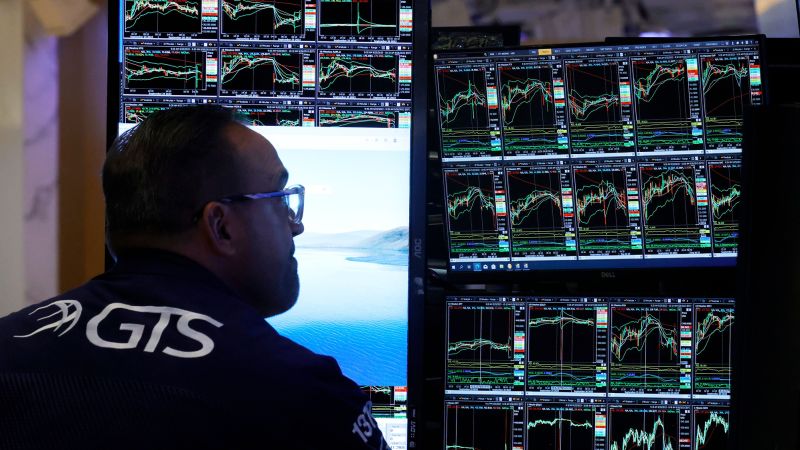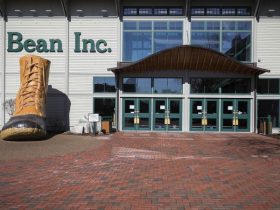Stocks tumbled Tuesday after a slew of economic data stoked fears about the US economy’s cloudy outlook and further interest rate hikes from the Federal Reserve.
The benchmark S&P 500 index slid 1.6%, heading for its lowest close since June. The Dow Jones Industrial Average fell 425 points, or 1.3%, on pace for its biggest one-day drop since March; and the Nasdaq Composite lost 1.7%.
The S&P 500 is now below the threshold that it passed to enter bull market territory earlier this summer, which represents a climb of more than 20% off its most recent low last October.
Housing data released Tuesday morning showed that new home sales fell 8.7% in August from July, as mortgage rates edged above 7% to the highest levels in decades.
At the same time, US home prices climbed to a record high in July, marking the sixth straight month of increases as a tight supply of homes continues to drive up prices, according to the latest Case-Shiller home prices index.
“The Fed will see the reacceleration of house prices as a reason to keep interest rates higher for longer,” said Bill Adams, chief economist at Comerica Bank. “The Fed cannot afford to look past house prices’ influence on the cost of living.”
Investors have been on edge since the Fed last week indicated it could hike interest rates once more this year and delay rate cuts for longer than expected. That sent yields soaring to their highest level in decades, as investors recalibrate their expectations for how long rates will stay higher.
CNN’s Fear & Greed Index, which uses seven market indicators, fell to a “Fear” reading of 27, just above “Extreme Fear.” That marks the index’s lowest level since March, when the collapses of regional lenders Silicon Valley Bank and Signature Bank roiled financial markets.
Oil prices gained on Tuesday after paring back their recent gains earlier. West Texas Intermediate crude futures, the US benchmark, rose to roughly $90 a barrel. Brent crude, the international benchmark, climbed to $94 a barrel.
JPMorgan Chase CEO Jamie Dimon said Tuesday in an interview with the Times of India that he is preparing the bank’s clients for a 7% interest rate scenario, further spooking investors.
The possibility of a government shutdown also looms over Wall Street as the fiscal year’s end on September 30 fast approaches without any spending deal.
Moody’s warned Monday that such an event could be negative for America’s credit rating, which already saw a downgrade from Fitch earlier this year after the federal government narrowly avoided breaching the debt ceiling.
Read the full article here













Leave a Reply